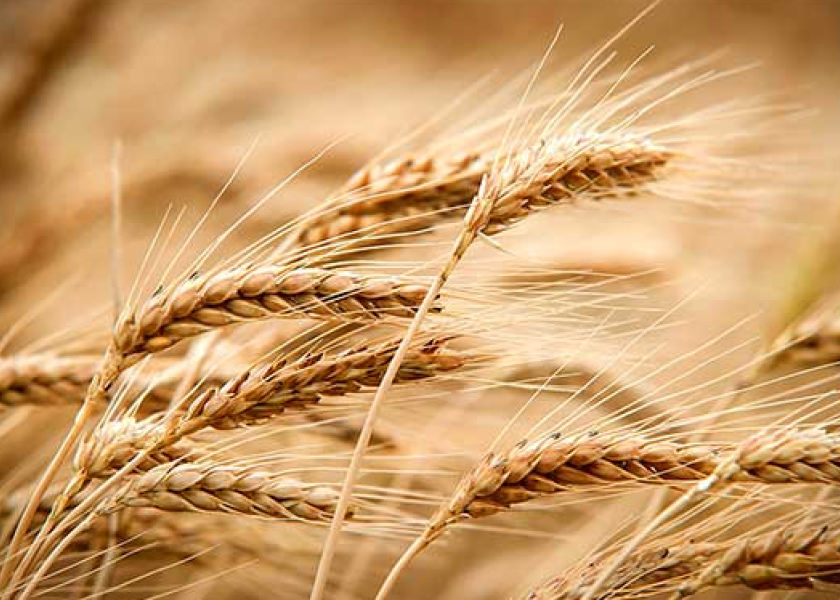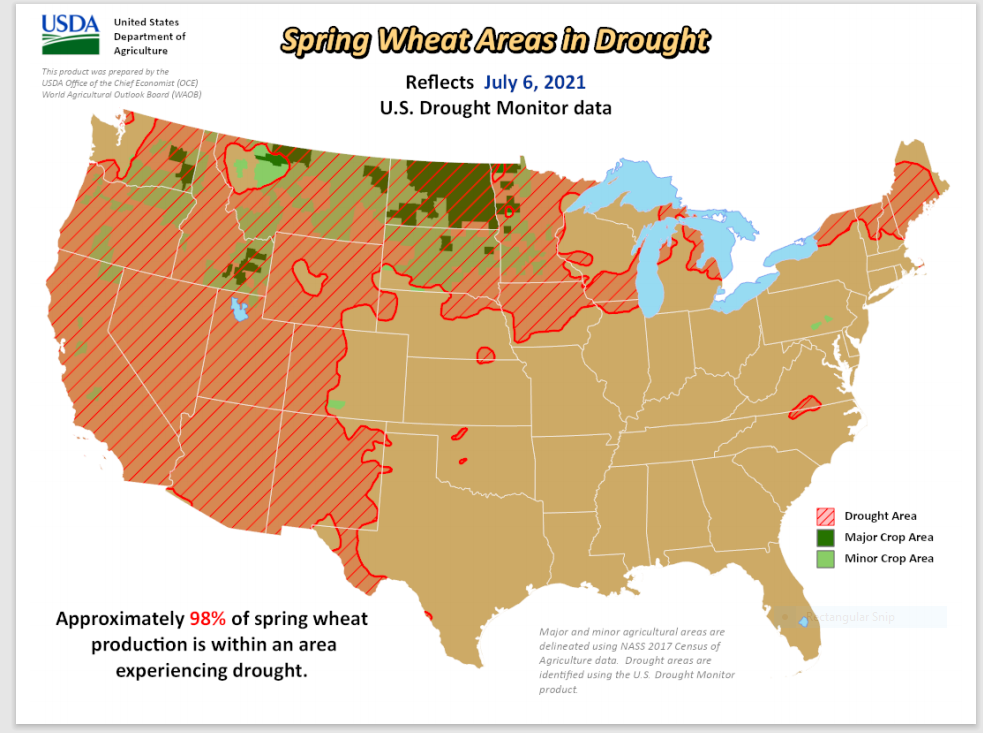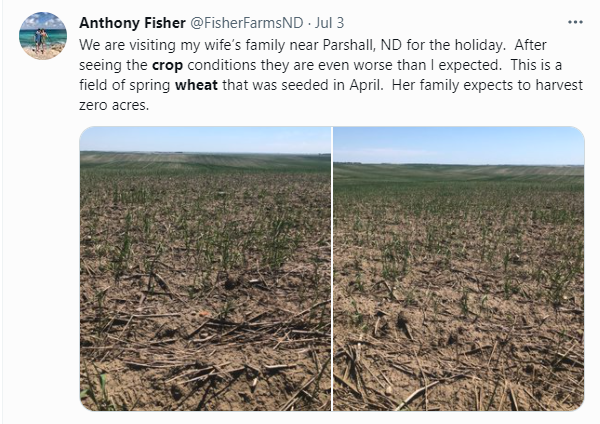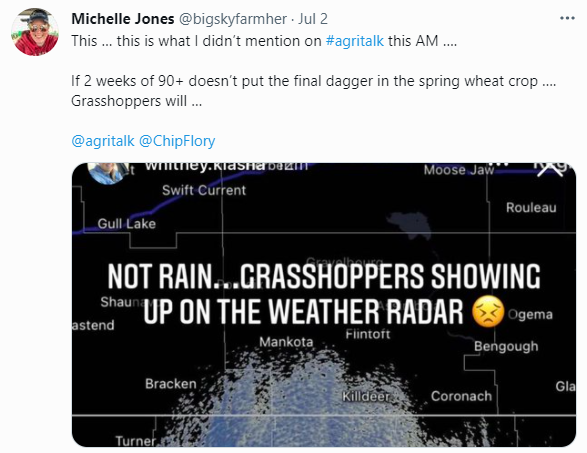Spring Wheat Crop Quality Tumbles, Some Farmers Abandon Fields

The U.S. spring wheat crop is taking a beating this summer from too much heat and too little rain, with condition scores at the lowest numbers recorded in 33 years, according to S&P Global Platts.
Approximately 98% of the 2021 spring wheat crop is in an area experiencing drought, according to a July 6 USDA report.
“The other recent ‘bad condition’ years for U.S. spring wheat were 2002, 2006, and 2017,” says Brad Rippey, USDA Meteorologist. “Those years correlate pretty well with some of our worst U.S. spring wheat yields.”
Conditions have been particularly tough for farmers growing hard red spring (HRS) wheat in the Northern Plains. HRS ratings in the good to excellent categories dropped from 20% to 16% this week, compared to a five-year average of 66%.
“It’s the lowest (rating) in decades, raising abandonment, yield and quality concerns,” U.S. Wheat Associates reported in its weekly assessment on Friday.
Spring wheat makes up approximately 25% of the total, annual U.S. wheat crop. More than 95% of the crop is grown in the Northern Plains states of North Dakota, Montana, Minnesota and South Dakota. Farmers in Idaho and Washington also grow HRS.
North Dakota accounts for slightly more than half of the annual U.S. HRS production. The state has been particularly hard hit by bad weather this season and, late last week, pest problems in the form of grasshoppers.
In a tour of North Dakota this week, Tommy Grisafi of Advance Trading says the wheat crop is as bad as advertised.
"The problem in the wheat is a big problem," Grisafi told U.S. Farm Report. "And if anyone is in Chicago, New York or trading a hedge fund, and they watch it rain in North Dakota and think it's going to save the wheat ... for the crop that's dead, it's dead."
HRS wheat is considered the “aristocrat” of the U.S. wheat categories, thanks to its high protein content (13% to 16%) which corresponds to greater gluten content. Approximately 50% of the crop is used domestically and primarily in bread products.
Soft Red Winter Wheat Outlook (SRW)
While drought has dominated the headlines, the outlook for the 2021 SRW wheat crop is a fairly positive story, according to U.S. Wheat Associates.
Farmers growing this weak gluten class in the eastern third of the United States enjoyed timely rainfall and mild temperatures as the crop developed, leading to good yield potential and at least average quality, to date.
The July 6 report published by USDA-NASS indicated the percentage of SRW crops rated in good to excellent condition were 50% in Arkansas, 49% in Missouri, 74% in Illinois, 78% in Indiana, and 74% in Ohio.
On Friday, USDA-NASS noted the SRW crop quality ranges from 48% good to excellent in North Carolina and 78% in the same category for Indiana.
The SRW harvest is nearly 80% complete.
Hard Red Winter Wheat Outlook (HRW)
Approximately 28% of the crop was harvested this week and the completion level varied widely by state: Texas 92%; Oklahoma 95%; and Kansas 73%; Colorado11%; Nebraska 16%; South Dakota 8%; Oregon and Idaho are at 5% or less harvested. Thirty-six percent of the crop is rated good to excellent.
Plains Grains Inc., which operates across the Great Plains and Pacific Northwest, says average yields are being reported, based on 188 samples: “They range generally between 40 bu./acre (2.69 tons/ha) to 60 bu./acre (4.0 tons/ha). Test weight is averaging 62.0 lb./bu. (81.5 kg/hl) although some areas continue to see reduced test weights because of the continued rain showers. Protein is averaging 11% overall with average TKW at 32.3g.”
Soft White Wheat Outlook (SW)
U.S. Wheat Associates reports the entire SW crop is headed out in Oregon and Washington, while 78% is in Idaho. Harvest has just started in those states. To date, only 17% of the crop in those states is rated good to excellent.
“Last week’s historic heat wave further stressed the crop as temperatures are expected to remain above average with no precipitation forecast,” according to U.S. Wheat Associates. “There are an increasing number of wildfires reported as drought continues in the region.”











